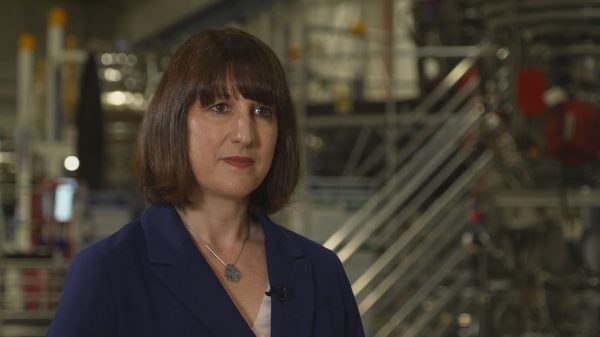AI Model Developed to Detect Surviving Cancer Cells
Researchers at a university in Japan have developed a machine-learning model that can accurately evaluate the density of live cells in the malignant bone cancer osteosarcoma. The Artificial Intelligence model can do this evaluation from pathological images.
Validation of AI Method
The team of scientists from Japan validated their AI method to detect surviving cancer cells using patient data, which showed it was capable of identifying viable tumor cells at the same level of proficiency as expert pathologists.
Improved Prognosis
The research, reported in the nip Precision Oncology, adds that it can provide a more accurate patient prognosis as compared to the currently available methods.
Significance of the Research
The treatment of cancer includes a combination of surgery and chemotherapy. But lower rates of survival are reported among the patients with a form of cancer still spreading in the body.
- Doctors perform a necrosis rate assessment following the cycles of chemotherapy or a specific surgery.
- The accuracy of the assessment of the necrosis rate varies, leading to inaccurate prognoses.
AI-driven Machine-Learning Model
The investigators at Kyushu University developed a more specific assessment of the living versus dead tumor cells through an AI-driven machine-learning model.
“In the traditional method, the necrosis rate is calculated as a necrotic area rather than individual cell counts, which is not sufficiently reproducible between assessors and does not adequately reflect the effects of anticancer drugs,” co-first author Makoto Endo, MD, PhD, a lecturer of Orthopedic Surgery at Kyushu University Hospital said in a statement. “We therefore considered using AI to improve the estimation.”
Enhanced Accuracy in Prognoses
The researchers found that using AI to analyze tumor pathology images can improve accuracy by removing the variability of human assessments. They added that the identification of viable tumor cells is a more reliable predictor of treatment response than cell necrosis.
“This new approach has the potential to enhance the accuracy of prognoses for osteosarcoma patients treated with chemotherapy,” Endo noted.
Future Applications
“In the future, we intend to actively apply AI to rare diseases such as osteosarcoma, which have seen limited advancements in epidemiology, pathogenesis, and etiology. Despite the passage of decades, particularly in treatment strategies, substantial progress remains elusive. By putting AI to the problem, this might finally change.”
















































